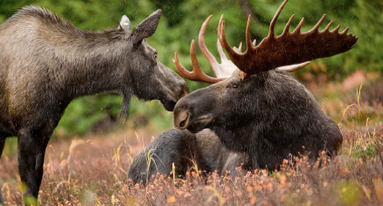Obtaining, Evaluating and Communicating Information
Goals:
- To understand the role that the science practice of "Obtaining, evaluating and communicating information" plays in science
- To experience how students might engage in this science practice. Specifically, participants will read and comprehend grade appropriate complex texts to summarize and obtain scientific and technical ideas, and describe how they are supported by evidence
- To introduce the NEWSELA resource and the concept of Lexile levels
- To create a content specific lesson utilizing this science practice
Agenda:
|
Materials:
|
1. Introduction
Think-write-pair-share:
- What does “Obtaining, Evaluating, and Communicating Information” mean to you?
- What do you think this science practice looks like in a classroom?
- What are students doing?
- What is the teacher doing?
2. Unpacking the Science Practice
The NGSS Appendix F describes this science practice as:
- Being a critical consumer of information about science and engineering requires the ability to read or view reports of scientific or technological advances or applications and to recognize the salient ideas, identify sources of error and methodological flaws, distinguish observations from inferences, arguments from explanations, and claims from evidence.
- Communicating information, ideas and evidence can be done in multiple ways: using tables, diagrams, graphs… as well as orally, in writing, and through extended discussions
Examine the following progression, which was created by the Instructional Leadership Science Practices Group (sciencepracticesleadership.com)
|
Level 1
|
Level 2
|
Level 3
|
Level 4
|
After reading the NGSS Appendix F definition of this science practice, as well as looking through the Science Practices Continuum, answer the following questions on your handout:
- How is the description of this science practice similar and/or different from how your students work with scientific information in the classroom?
- Are there specific activities you already do or places in your curriculum that students are given the opportunity to engage in this practice?
3. Reading Activity
|
The task:
Read the scientific text about moose. As you read this article:
Consider the following questions while you read:
|
Source of image: Wikipedia
|
Discussion Questions:
- Do you feel this strategy engages the reader and supports them with this science practice? Why or why not?
- What other instructional strategies might you use to encourage your students to interact with and evaluate scientific text?
4. Introduction to NEWSELA and Lexile Levels
NEWSELA (newsela.com) is a free online resource that provides articles from news publications written at five different Lexile levels (i.e. levels of reading difficulty). Students and classes can access articles that you assign through this website. The moose article that we used in the previous activity came from this resource.
Watch the video below, which provides a short overview of this resource, and how to use it.
Watch the video below, which provides a short overview of this resource, and how to use it.
5. Article Quest
The Task:
Use NEWSELA to find 1 or 2 science texts that you might use in an upcoming lesson.
Complete the guiding questions on the handout to plan how you might use the article you find. Key aspects to consider:
If time allows, share your finding with another teacher
Use NEWSELA to find 1 or 2 science texts that you might use in an upcoming lesson.
Complete the guiding questions on the handout to plan how you might use the article you find. Key aspects to consider:
- What key information do you want students to obtain from this article?
- What aspects of this article might your students evaluate?
- Which strategy could you use to support students in “obtaining, evaluating and communicating information” in this lesson? Why might this strategy help your students better engage in this science practice?
If time allows, share your finding with another teacher
Additional Resources
If you want to learn more about "obtaining, evaluating and communicating information" check out:
- Close Reading in Science - assignments connected to the BPS curricula
- This Bozeman Science video - provides an overview of this science practice
- Science News for Students - an additional source for finding informational texts
© 2016 Boston Public Schools Science Department



